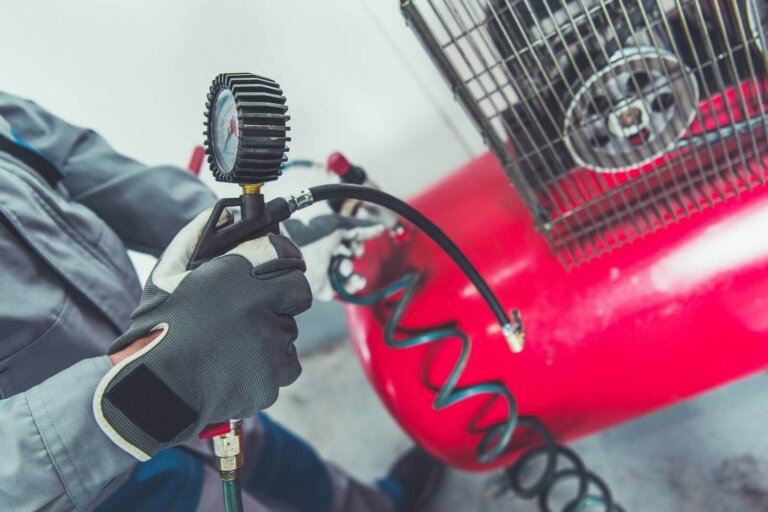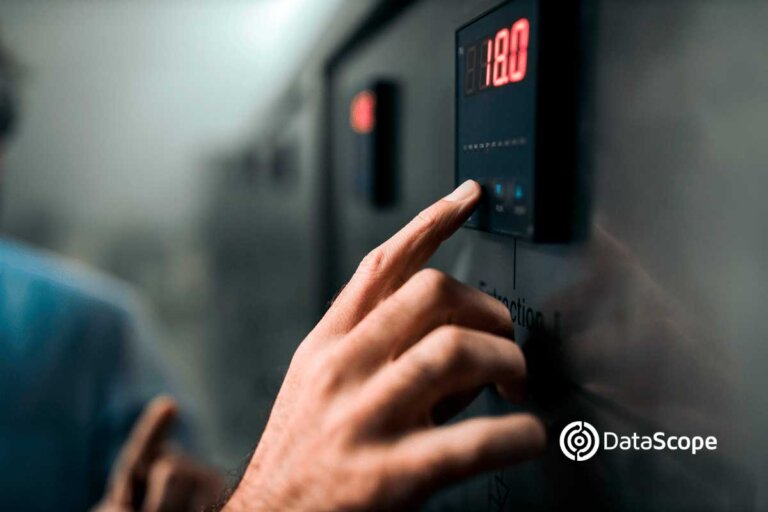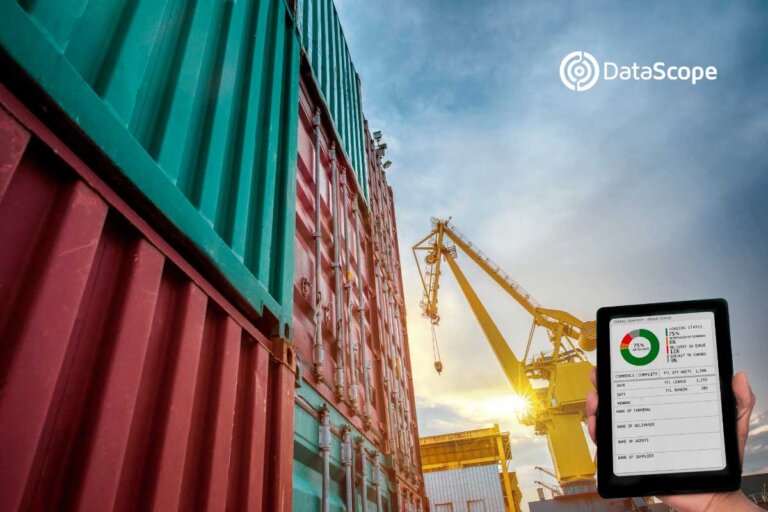Within the planning area of a company, there are a series of critical tasks that must be executed carefully to achieve the fulfillment of its objectives. And one of them is the maintenance planner.
What does a maintenance planner do?
The main function of the maintenance planner is to determine the tasks to be carried out, to define when they should be carried out and in what way they should be done.
In general, the maintenance planner is responsible for:
– Developing a maintenance plan.
– Updating the technical information of the equipment, the specifications and the list of spare parts.
– Establishing and maintaining a fluid communication channel with production, operators and supervisors’ areas.
– Managing the volume of the maintenance backlog.
– Focusing team efforts to reduce non-productive time.
– Providing information for the execution of maintenance tasks, reducing lost time and periods without productivity.
From strategy to action
Within the organization chart of the company, it is up to the maintenance management to develop the strategy and general guidelines that the organization must follow to achieve its objectives.
However, the maintenance planner is responsible for carrying out that strategy, organizing all the resources available to him. For that, he has to create and execute an action plan that aims to fulfill the goals defined by the department’s management.
Risk factors for the management of the maintenance planner
The functions of a maintenance planner may be conditioned by the size of the company, the needs of the work team, the strategy outlined by the company and by factors of the organizational culture regarding the division and distribution of the tasks that must be carried out.
However, it is not possible to determine an applicable model for all professionals who work in this position. For this reason, and to avoid doubts about which tasks are the responsibility of a maintenance planner, it is necessary to establish criteria that help to specifically define their field of action.
How to define the work of a maintenance planner?
A professional dedicated to planning maintenance in a company must answer to three interrelated action areas that aim to have a total knowledge of the resources, the management of the task execution and of the equipment involved in the operation, and the measurement of results and accountability.
The areas that we mention and their particularities are the following:
Information recopilation
– Analyze assets – it is basically about knowing the equipment that is at his disposal, considering their materials, manufacturers’ recommendations and details of their operation.
– Perform diagnostics applying FMEA – when diagnosing a failure, the maintenance planner has to be able to analyze a set of key indicators. Ideally it should also be possible to achieve a level of detectability. To achieve optimal results, it is recommended to carry out this type of diagnosis using the Failure Mode and Effects Analysis (FMEA.
– Process information – the data collected must be organized and stored so that the maintenance planner is able to determine what to do and what is the best way to carry out the work.
Work execution and control
Design instructions – once the information is collected, the next area of action is to define work guidelines, guiding each worker on the procedures they must carry out.
Balance goals and tasks – The maintenance planner must establish a relationship between maintenance tasks and production goals. The key is to articulate the needs of both departments, generating a mutual information exchange channel that guarantees an impeccable operation of the physical assets, in line with the company’s goals.
Schedule maintenance – Once the above is defined, it is necessary to plan when to carry out maintenance. And that is only possible when the conditions of the physical assets and the available time windows are known.
Handle working team – The person responsible for maintenance planning must also have control over those who will carry out the tasks that he designs and assigns. That will allow him to define who to entrust each task, once you evaluate the performance, knowledge and experience of each worker, also organizing and directing the team.
Provide work supplies – In his role as facilitator, the maintenance planner must calculate the amount of required material for the execution of each task and request its acquisition in advance.
Relationship with contractors – There is a frequent need for external personnel to carry out tasks. For this reason, the planning and management capacity of this support is required, considering times, integration with his own team and alignment with the standards and objectives of the company for efficient execution.
Measurement of results and accountability
- Creation of reports – In its role of uniting the management with the technical area, there is a large amount of data on the work carried out, which must be collected and organized to later prepare reports that reach the hands of the managers, who evaluate the performance together with the rest of the team.
CMMS support
Throughout the areas related to the work of a maintenance planner, the handling of an enormous volume of data and critical information is permanent.
For that reason, there are technological solutions, known as CMMS (Computerized Maintenance Management System). It is a software that can be designed according to the specific requirements of the client and supports the maintenance planner so that his work is as efficient as possible.
Among the possibilities offered by the development of this type of tools there is the ability to:
– Gather and organize critical information that helps the manager, technicians and maintenance planner to understand the assets in detail.
– Issue work orders that incorporate this information, offering the greatest clarity and relevant data to the technical team in the field so they can carry out their work.
– Have the option of diagnosing non-automated or low-priority equipment through a work order, or resorting to solutions that include IoT when it comes to diagnosing automatic equipment.
– Automate work orders that allow to assign managers and add precise indications on procedures, guarantees, tools, parts, materials, among others for the execution of the work.
– Incorporate safety protocols into work orders, helping the maintenance planner deliver to the technicians all the pertinent safety information and procedures, in addition to guaranteeing compliance and review of the work through the application.
– Scheduling of tasks, allowing the maintenance planner to anticipate and make the necessary resources available to the team, considering the established objectives and the committed delivery times.
– Tool control to determine materials, tools, parts and safety equipment to be assigned when issuing a work order to the team.
– Manage work teams, regardless of whether they belong to the company or are external, assigning work according to the type of asset, experience or other criteria.
– Preparation of reports in real time, which allow to account for the work and present to the management the information related to the entire process contained in a work order, supporting the decision-making of the company.
– Create all kinds of automatic notifications that alert the work team about the occurrence of failures in real time and critical dates, such as the execution of tasks, expiration of guarantees or routine inspections.
– Visualization of key KPIs that allow both management and the maintenance planner to measure the performance of the whole operation through data and statistics of all critical aspects related to maintenance.







